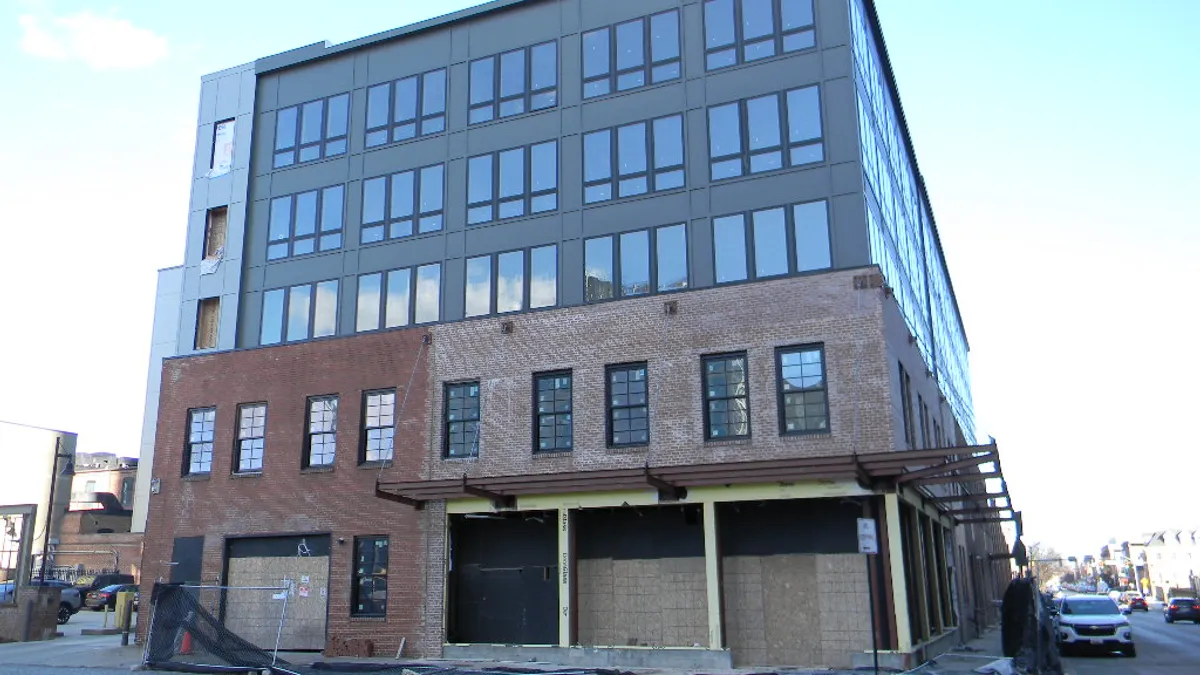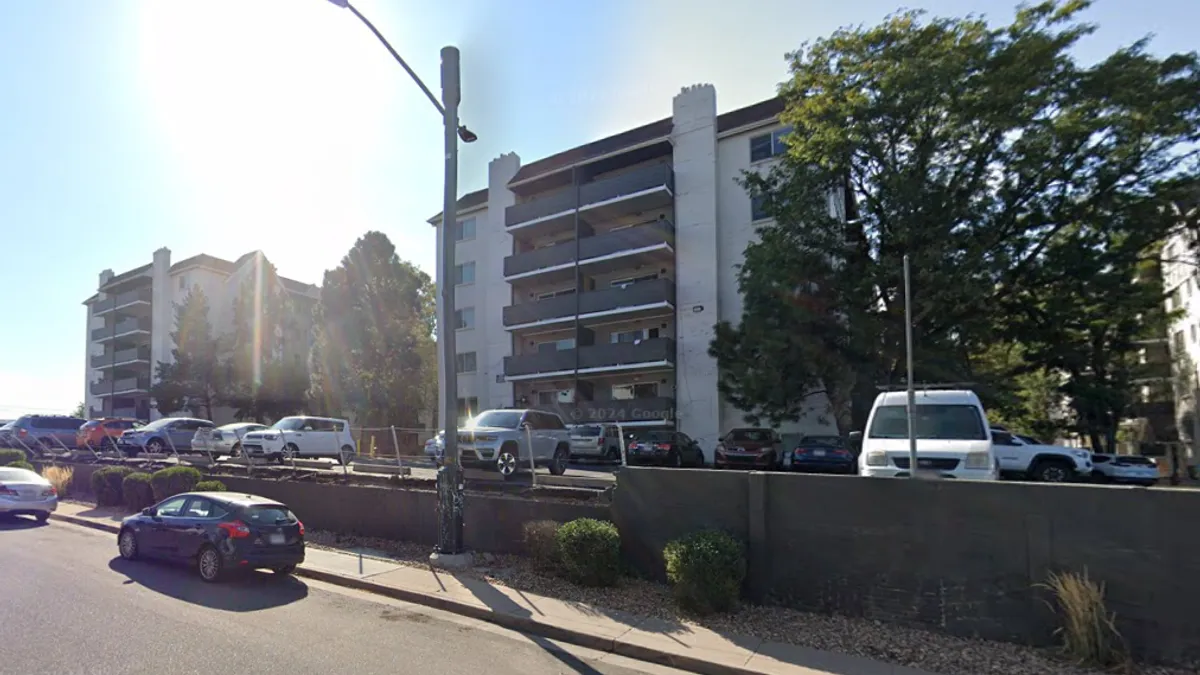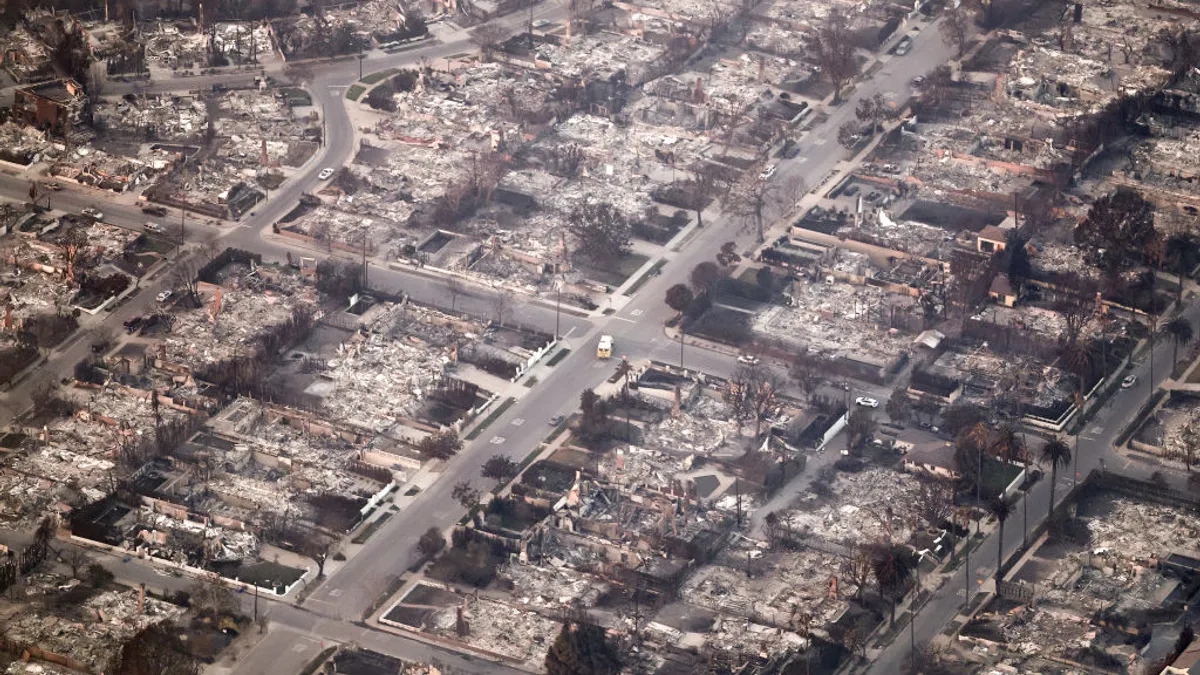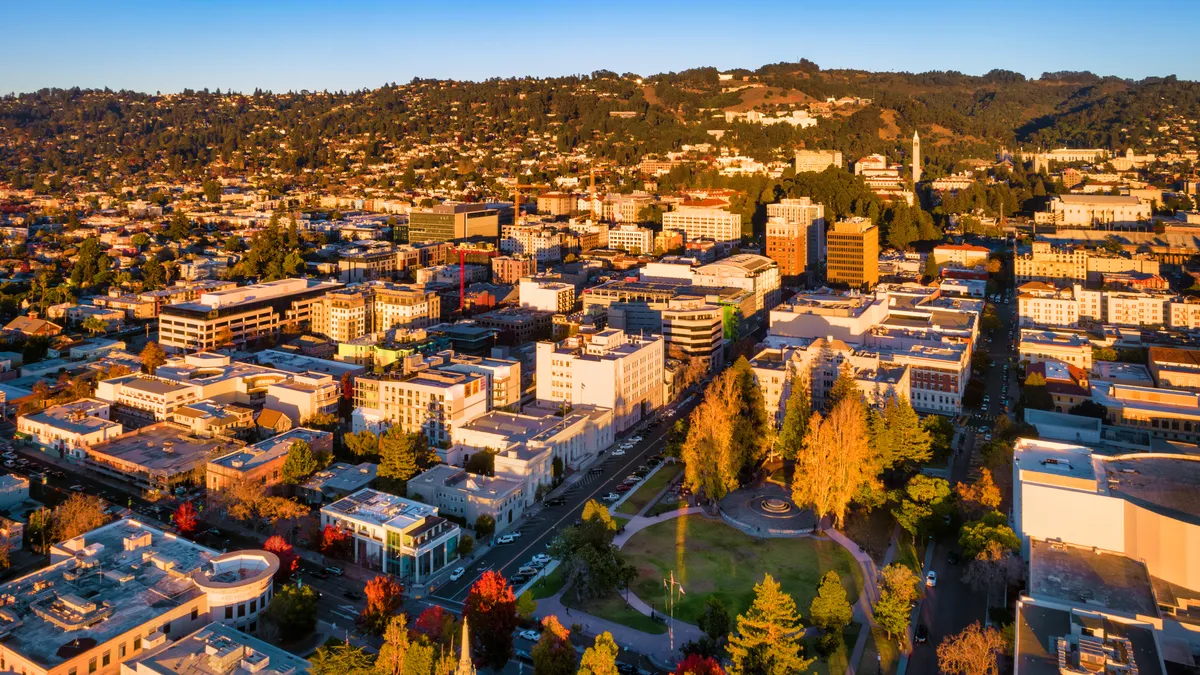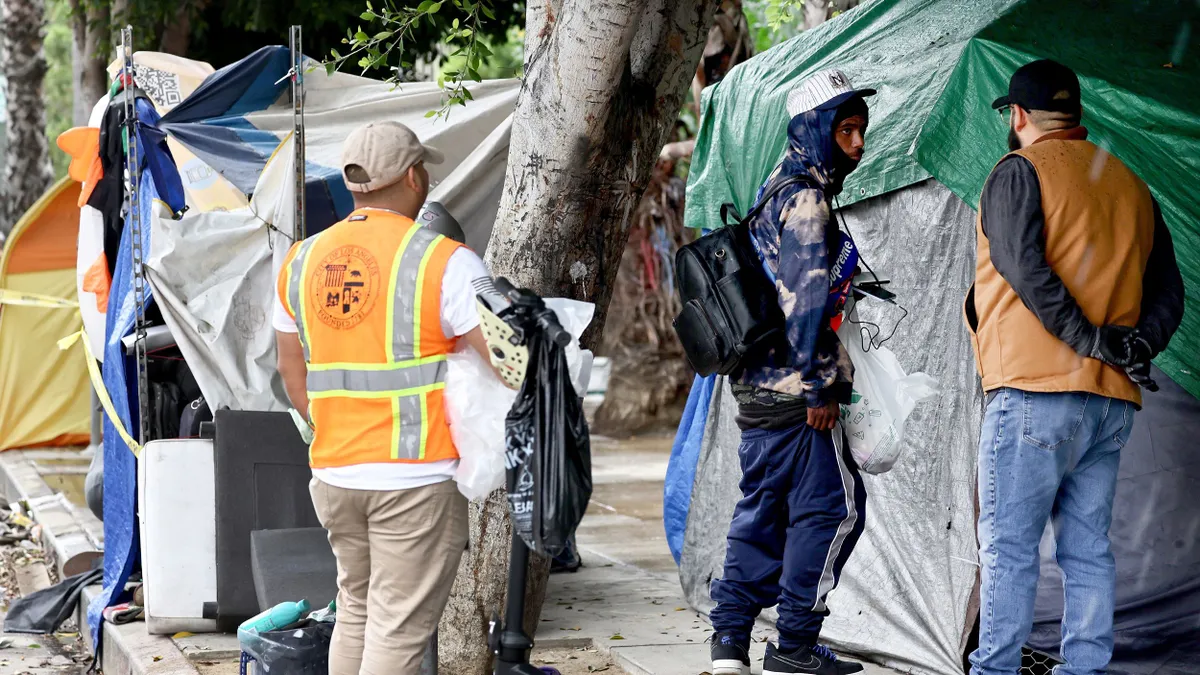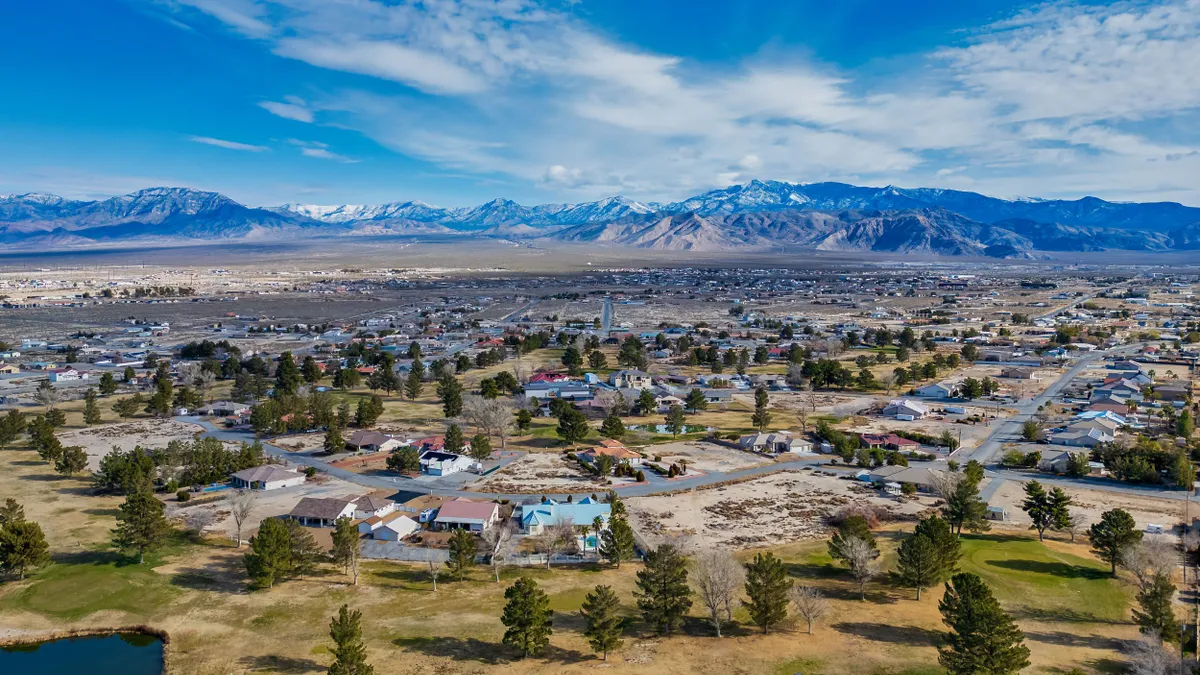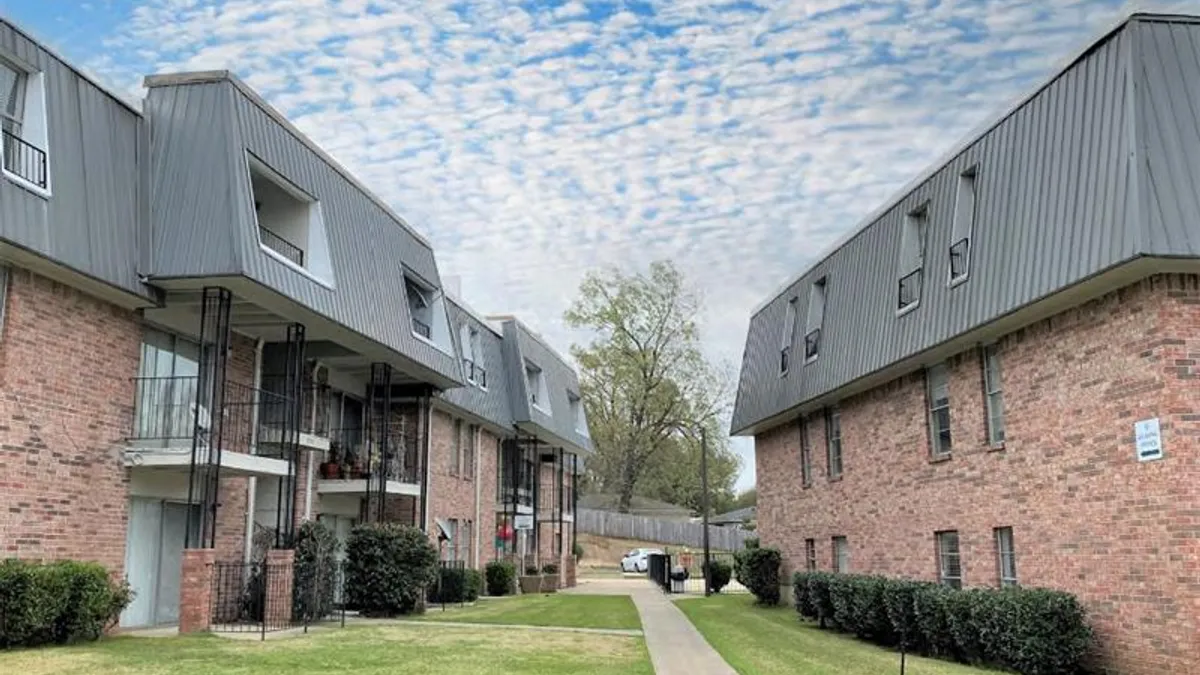A key Los Angeles City Council committee voted Monday to revise plans that would rezone the city's downtown Fashion District, allaying some fears that the changes would harm low-wage and undocumented employees.
The DTLA 2040 Community Plan, which has been in the works for nine years, would rezone the city’s downtown fashion district over the next 20 years. The goal of the Council's Planning and Land Use Management Committee, known as PLUM, is to create more residential housing, shops and hotels, which would pivot the area from its current zoning as a light industrial manufacturing center focused on fabric and garment production, warehousing and office space.
Prior to this week’s plan revisions, the Garment Worker Center, which represents workers in the sector, said the rezoning would negatively impact its low wage and undocumented employees by displacing jobs and potentially forcing fashion manufacturing out of the region.
However, in the wake of Monday’s hearings and the subsequent updates, GWC released a statement approving the new iteration. Some of the GWC recommendations include preserving area freight elevators and loading docks, prioritizing the development of affordable housing for “low,” “extremely low,” and “acutely low” income people, and incentivizing developers to preserve existing and create new manufacturing opportunities for local Angelenos.
“We are heartened and energized by the modifications made to the DTLA 2040 plan at PLUM today,” it said. “PLUM members have recognized the work of and listened to garment workers and hospitality workers. This was reflected in the recommendations of DTLA council offices and in the outcome today.”
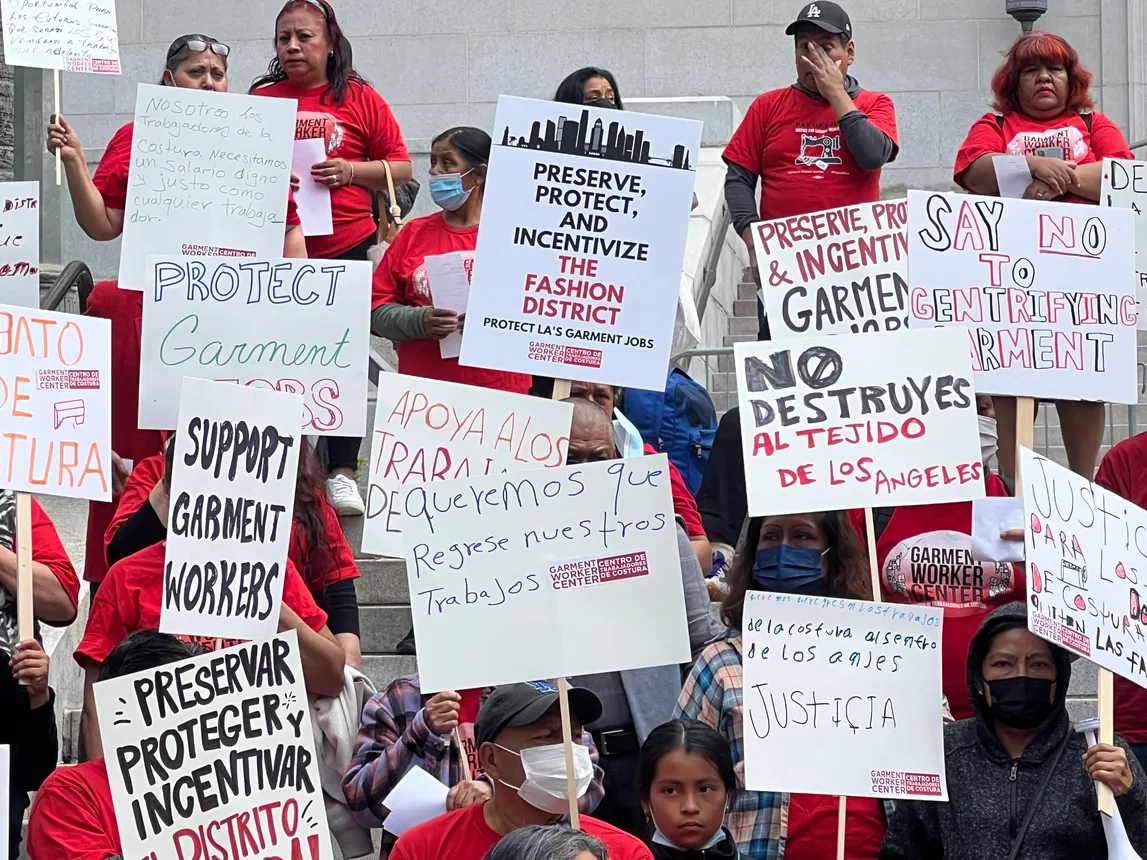
The statement urged the full council to approve PLUM’s vote in favor of the recommendations when it convenes May 12.
During Monday’s committee meeting, dozens of speakers voiced their thoughts about the plan.
Brittany Arceneaux, senior city planner at City of Los Angeles sat alongside Craig Weber, the principal city planner, to tout the benefits of the plan. Arceneaux said it would encompass 1% of the city’s total land area, but would accommodate a projected 20% of the city’s housing population and bring more housing to the center of the city.
This is particularly critical now as California faces a housing crisis.
The state accounted for 30% of people experiencing homelessness in the U.S. in 2022, according to the U.S. Department of Housing and Urban Development. It was also home to 50% of the country’s unsheltered people, meaning people living in cars, parks or abandoned buildings.
While Downtown Los Angeles already has the second most new apartment construction for any downtown area in the U.S., according to a recent study, the city also ranks as the second least affordable in the U.S..
Anthony Rodriguez, executive director of the LA Fashion District Bid, said in an email that he was unable to validate GWC statements regarding displacement, “as we have not seen any data supporting their accuracy.”
He opposed adding new developer limitations.
“There are dozens of examples of buildings that have transitioned over the years from factories to retail, creative space, and housing,” he said. “There has been no forced displacement of the garment industry because a property owner wanted them out. Displacement is occurring for many other factors beyond the control of property owners. This plan will further restrict property owners' options for filling their vacant spaces by restricting zoning and compromising adaptive reuse.”
There is unquestionably a homeless crisis in Los Angeles, Rodriguez said, arguing that the plan would make construction projects more expensive and less appealing for developers.
“The main question that should be asked is, why are they passing legislation to protect an industry by securing space for it when plenty already exists? Why, during a homeless crisis, are they making new building construction more challenging?” he said.
Rodriguez added that there is nearly 700,000 square feet of industrial space available today for garment manufacturing or any other industrial use, but there is no demand. He said 65% of the available space has been vacant for 500 days or less, which is why property owners need options.
Opponents of the planned rezoning, even in its revised form, also said it would have a negative effect on the smaller property owners in the district.
Ilse Metchek, president of the California Fashion Association, said in an email that the rezoning would devalue the investment of small business owners, and added that she was concerned that it might encourage manufacturing to permanently leave Los Angeles.
Metchek bemoaned the “careless ways our politicians affect people and their incomes.”
Before 2002, Metchek said the Los Angeles Fashion District was the nation’s largest.
However, regulatory measures and increased scrutiny from the Los Angeles Division of Labor Standards Enforcement “started targeting the Fashion District as the ‘only’ area for the ‘underground’ contracting.”
A U.S. Department of Labor investigation uncovered widespread labor violations in the Southern California garment sector earlier this year. Jonathan Coleman, communications manager for GWC, said in an email that there are an estimated 29,050 garment workers currently employed in Downtown L.A.
Metchek said once labor enforcement began, a majority of existing factories moved to Vernon and other parts of the Los Angeles region, and larger ones eventually moved to other states.
“The buildings that housed all the garment factories are now empty,” she said.
She said that if the rezoning passes, it will be a death knell for the area’s apparel manufacturing sector unless virtual and digital operations that don’t require a physical footprint can take over. But, she cautioned, that will only work if a new, digitally-savvy workforce can be trained. “The existing sewing and cutting employees are ‘aging’ out,” she said.
The Los Angeles Fashion District, which comprises 107 blocks of mills, factories, design studios, manufacturing plants, warehouses and retail storefronts, has been a center of apparel and footwear manufacturing in Southern California for over a century.
Yet it’s also been gentrifying. The website for the Los Angeles Fashion District refers to it as “a neighborhood in transition,” and boasts that over the next few years, the area “is expected to add 347,000 square feet of new creative office space and approximately 510,000 square feet of new retail space.”









